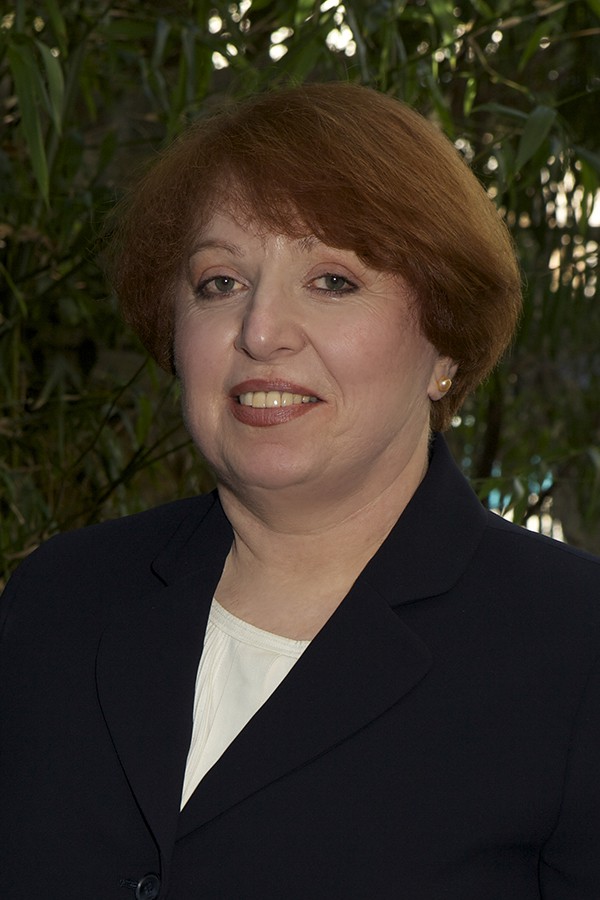Calculating Required minimum distributions, or RMDs, has always been complicated, due to confusing tax rules that depend on the type of beneficiary, when they inherited the account and who was the person they inherited from. The SECURE and CARES Acts that passed in 2019, and their related provisions and IRS rules are adding to the confusion.
If the IRA owner died before 2020, the designated beneficiary can continue the stretch IRA; they can continue the RMDs based on their single life expectancy schedule from before 2020. Designated beneficiaries are individual persons, rather than entities such as estates, charities, certain Trusts, etc. The usual example is an adult inheriting an IRA from a parent. In this group, the RMDs are grandfathered, so they are able to stretch them over their lifetime. They are able to reset their schedule to the current IRS Single life Expectancy Table going forward, according to the SECURE act of 2019, which results in somewhat lower required withdrawals.
The SECURE act created a new term for this category of beneficiaries, named Eligible Designated Beneficiaries. They are:
1. Surviving spouses
2. Minor children of the account owner, until age 21
3. Disabled individuals – under strict IRS rules.
4. Chronically ill persons
5. Individuals not more than 10 years younger or those who are older than the IRA owner who inherited before 2020.
These beneficiaries are grandfathered under the pre-2020 stretch IRA rules.
Non EDB designated beneficiaries do not qualify for a stretch IRA. They are subject to the 10-year rule and must empty the inherited IRA by the end of the 10th year after the death. If the deceased person died before taking RMDs (or before the age of 72,) there are no annual RMDs required, only the liquidation of the IRA by the 10th year.
If, however, the owner of the IRA died after they started taking RMDs, then the beneficiary needs to take RMDs in years 1-9 according to their life expectancy and complete the withdrawals by the end of the 10th year.
Due to the confusion over the rules, IRS issued Notice 2022-53 back in October providing RMD relief by waiving the excise tax (the 50% RMD penalty) for missed 2021 and 2022 inherited retirement account RMDs for beneficiaries subject to the SECURE Act 10-year payout rule. The result was that the RMDs for 2021 and 2022 in this situation did not have to be taken.
However, that relief has no impact on the calculation of the 2023 RMD. The IRS relief also does not change the 10-year term.
These will be the IRA beneficiary RMD rules for 2023, until IRS issues final regulations, which should happen this year. If IRS does make any changes, hopefully they will be early enough in the year to get the word out to clients, or not take effect until 2024.
As always, consult your advisor regarding your specific situation to ensure compliance with the latest decisions by the IRS.





